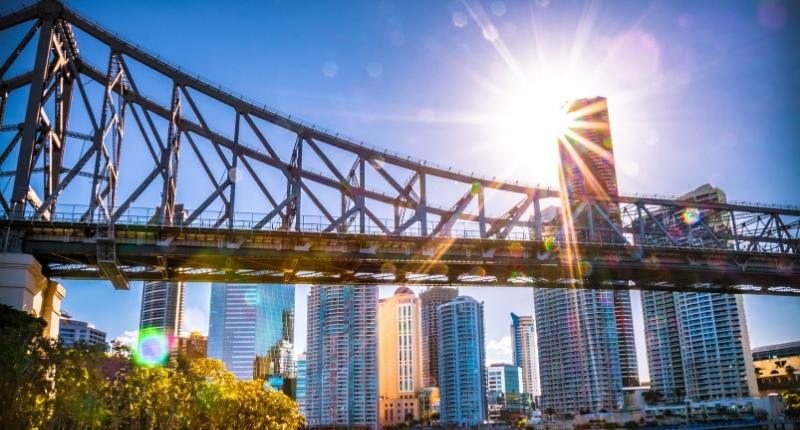- Brisbane's population grew by 1.9% during the 2019-20 financial year
- Perth closely followed, growing at +1.8%
- Melbourne had the highest growth by numbers, with 80,000 more
According to figures released by the Australian Bureau of Statistics (ABS), Brisbane recorded the highest population growth rate during the 2019-20 financial year.
These statistics include the effects of the pandemic, such as the Australian Government closing the international border back in March 2020.
Brisbane recorded a growth of 1.9%, according to Phil Browning, the ABS’s Director of Demography.
“Brisbane [population growth] was closely followed by Perth with a population growth rate of 1.8 per cent. Third was Melbourne with growth of 1.6 per cent.”
“Melbourne also had the largest population increase, growing by more than 80,000 people”.
Phil Browning, ABS Director of Demography
Brisbane added 46,900 people to its population, while Perth grew by 37,600.
Darwin was the only capital city that recorded a drop in population – 180 fewer people called the Northern Territory capital home on 30 June 2020 compared to the previous year.
All the other capital cities recorded between 1.1% and 1.9% population growth.
Sydney remains the most populated capital city with 5,367,200 residents on 30 June with Melbourne recording 5,159,200 on the same date.
It has been many decades since Melbourne was within 200,000 population of Sydney. Within five years, it could be larger.
Sydney saw an increase of 57,100 people.
In terms of individual areas, Mickleham, north of Yuroke, recorded a 32.8% growth rate over 2019-20. Riverstone in Marsden Park, NSW and Ripley in Ipswich were the next two fastest-growing population centres.
Riverstone also recorded the highest growth of any local area by actual population with 8,900 more residents calling this area home.
Cranbourne East in Melbourne’s far east, Ellenbrook in Perth’s north and Pimpama, a northern suburb of the Gold Coast, were the other areas that recorded a four-figure increase to their respective population growth.
The data reveals that collectively, the total capital cities population grew by 245,300 people – or 1.4% – to a total of 17,406,300.





